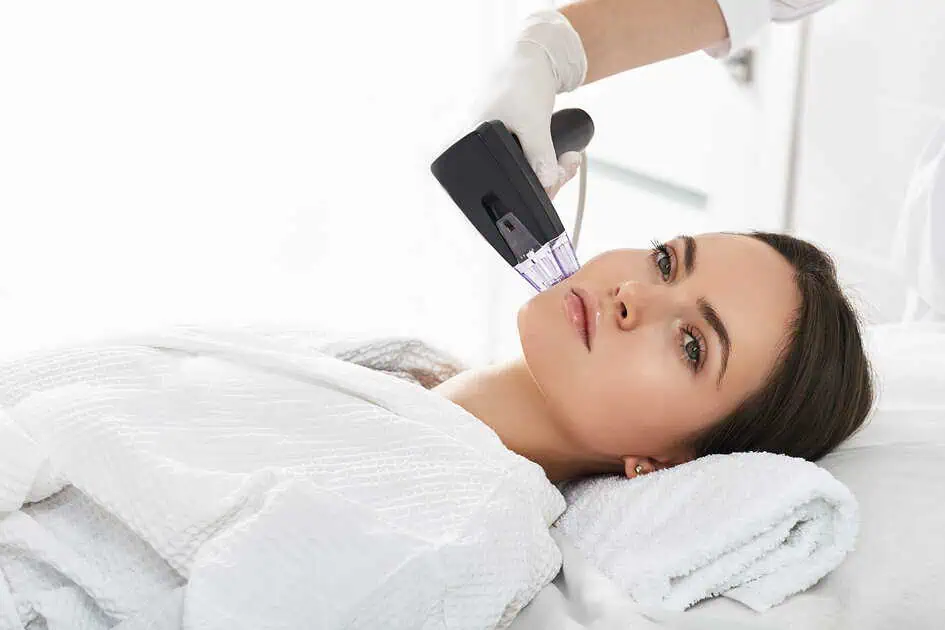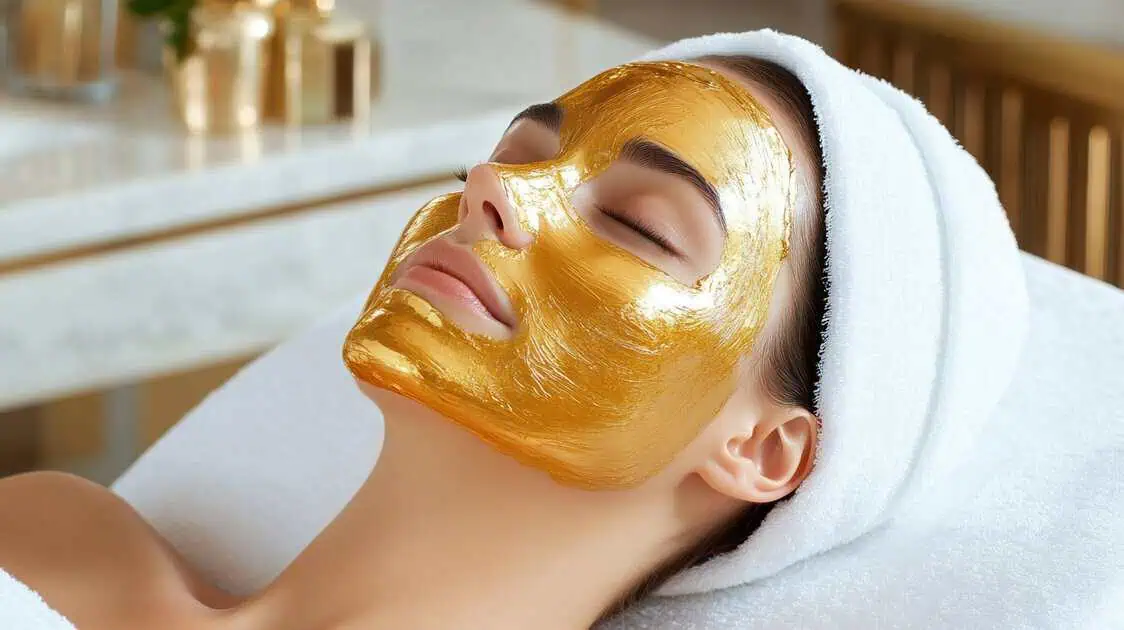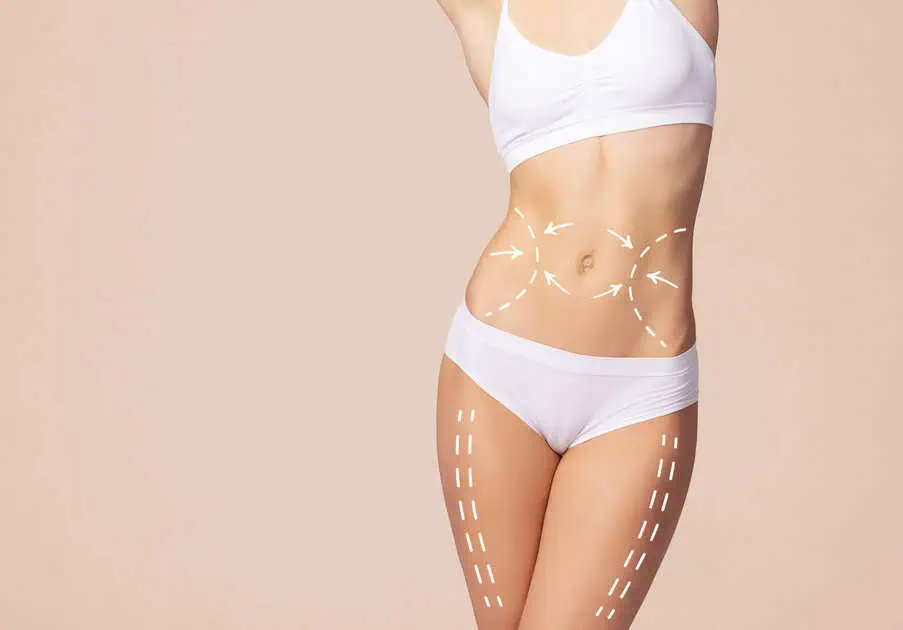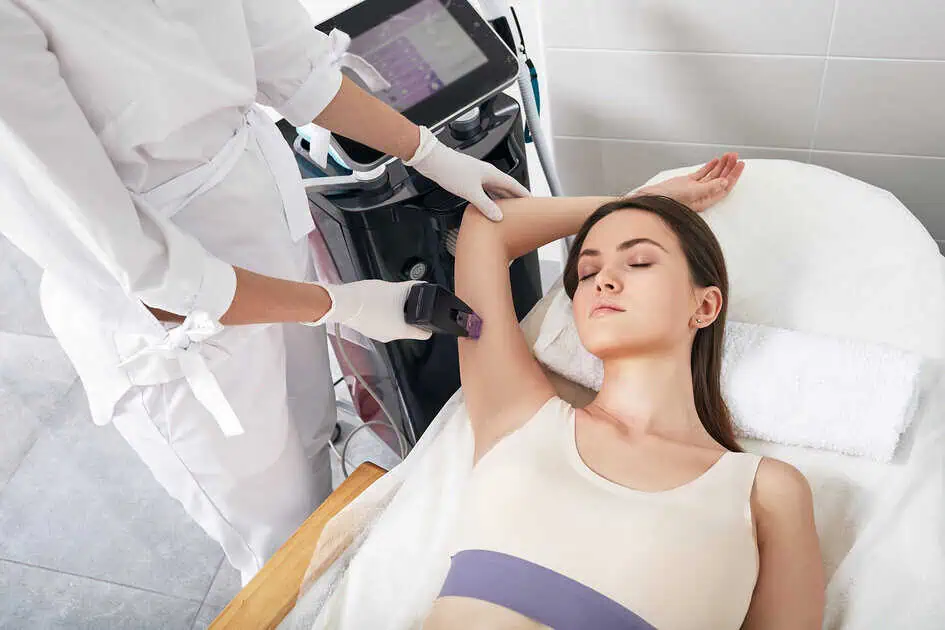 Eyes are often considered the windows to the soul, reflecting our emotions and personalities. As we age, the delicate skin around our eyes may begin to sag or droop, leading to a tired or aged appearance. Upper And Lower Blepharoplasty, a surgical procedure that rejuvenates the upper and lower eyelids, solves these concerns. Lifting, tightening, or removing excess tissue restores a youthful and vibrant look, enhancing the appearance and sometimes even vision. Whether driven by cosmetic preference or functional necessity, blepharoplasty is a transformative option for many.
Eyes are often considered the windows to the soul, reflecting our emotions and personalities. As we age, the delicate skin around our eyes may begin to sag or droop, leading to a tired or aged appearance. Upper And Lower Blepharoplasty, a surgical procedure that rejuvenates the upper and lower eyelids, solves these concerns. Lifting, tightening, or removing excess tissue restores a youthful and vibrant look, enhancing the appearance and sometimes even vision. Whether driven by cosmetic preference or functional necessity, blepharoplasty is a transformative option for many. What is Blepharoplasty?
Blepharoplasty is a specialized surgical procedure that focuses on enhancing the appearance of the skin around the eyes. As we age, the skin in this area may become loose, begin to sag or show other signs of aging. These changes can cause a person to appear tired, sad, or older than their actual age, and in some cases, it may even impact vision. “blepharoplasty” encompasses procedures that lift, tighten, or remove excess tissue around the eyes. Depending on the individual’s unique needs and anatomy, it can be performed on the upper eyelids, the lower eyelids, or both. For instance, upper blepharoplasty targets the drooping or sagging of the upper eyelid, pulling the eyelids away from the eyes. Lower blepharoplasty, on the other hand, tightens the skin of the lower lids against the cheeks, resolving the problem of sagging in that area. Beyond mere cosmetic enhancement, blepharoplasty can also reshape the contours of the face, providing a more youthful and attractive appearance. It’s a procedure that requires careful consideration and consultation with a skilled surgeon, as the approach must be tailored to the patient’s specific issues and goals.The Procedure
Blepharoplasty is a multifaceted procedure that can be tailored to address various issues related to the upper and lower eyelids. Here’s a detailed look at the procedure:1.) Understanding the Need
- Upper Blepharoplasty targets drooping eyelids, pulling them away from the eyes. It’s often sought after when the upper eyelid sags to the point of causing a tired appearance or even impairing vision.
- Lower Blepharoplasty: This focuses on sagging lower lids against the cheeks. It tightens the skin, resolves the problem, and can be combined with upper blepharoplasty.
2.) Preparation
- Consultation: A thorough consultation with a skilled surgeon is essential to understand the patient’s unique needs and anatomy.
- Personalized Plan: The surgeon will create a personalized plan, recommending surgery for the upper eyelids, lower eyelids, or both, depending on the extent of the issue.
3.) Upper Blepharoplasty Procedure
- Incision: An incision is made in the upper eyelid’s natural crease, hiding the scar from view.
- Removal and Adjustment: Excess fat and skin are removed, and the remaining tissue is adjusted to create a more prominent eyelid crease.
- Closure: Fine sutures close the incision, resulting in a refreshed and improved appearance.
4.) Lower Eyelid Lift Procedure
- Incision: The incisions are placed inside the eyelid, remaining hidden. An incision may be made beneath the eyelashes if excess skin must be removed.
- Removal and Repositioning: Excess fat and skin are removed, and the remaining tissue is repositioned so that scars are less visible after healing.
- Final Contouring: This creates a younger, smoother facial contour.
5.) Combining Procedures
- Simultaneous Operations: Both upper and lower blepharoplasty can be performed simultaneously if necessary, providing a comprehensive solution.
What to Expect After Blepharoplasty Surgery
Recovering from blepharoplasty surgery is a process that requires careful attention and adherence to specific guidelines. Here’s a detailed look at what to expect after the surgery:1.) Immediate Aftereffects
- Bruising and Swelling: Most patients will notice bruising and swelling around the eyes immediately following the procedure.
- Drainage: A small amount of drainage may be present, which is normal and expected.
- Discomfort: Some discomfort or tightness around the eyes may be felt, but this is usually manageable with prescribed pain medication.
2.) First Phase of Recovery
- Rest: Patients should plan to get plenty of rest and avoid strenuous activities that might strain the eyes.
- Avoiding Eye Makeup: Eye makeup should be avoided to prevent irritation to the incision area.
- Avoiding Touching the Incision Area: Touching or rubbing the eyes can interfere with the healing process, so it should be avoided.
3.) Follow-up Visits
- Progress Checks: Regular visits to the surgeon are necessary for progress checks and to ensure that healing is proceeding as expected.
- Updated Care Instructions: The surgeon may provide updated care instructions based on the healing progress, and adherence to these instructions is crucial for optimal recovery.
4.) Stitches Removal
- Timing: Stitches are usually removed 3-5 days after the surgery, depending on the healing progress.
- Subsequent Appointments: In some cases, a subsequent appointment may be necessary to remove stitches safely.
5.) Longer-Term Recovery Considerations
- Returning to Normal Activities: The timeline for returning to normal activities varies, but most people can resume their typical lifestyle within ten full days of recovery.
- Wearing Makeup: Patients are typically advised to avoid wearing eye makeup for 10-14 days after surgery to allow the area to heal correctly.
- Swimming and Water Exposure: Full submersion in water, including swimming or soaking in a bath, should be avoided for at least three weeks or longer if there are open wounds.
6.) Potential Improvements
- Vision: In some cases, blepharoplasty may improve peripheral vision if the drooping eyelids impair it.
- Aesthetic Enhancements: The aesthetic enhancements, such as a more youthful appearance and smoother facial contour, will become more apparent as the healing progresses.






